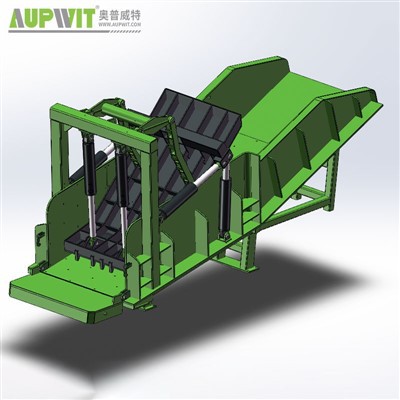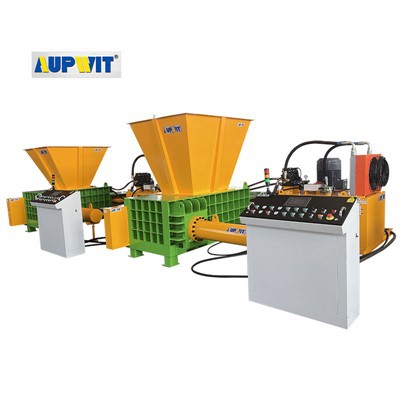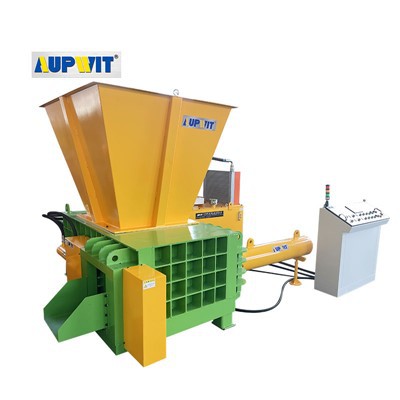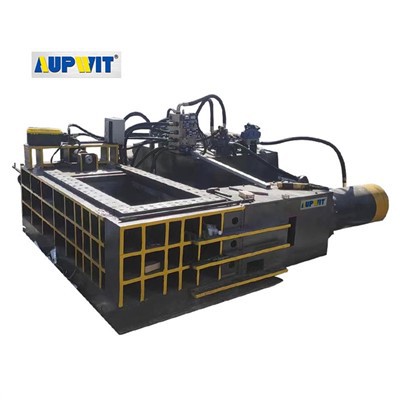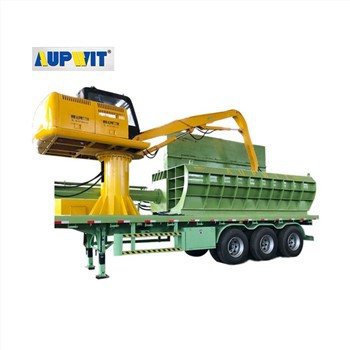Equipment Qualification Checklist
1. Structural Stability Inspection
- Observe the overall frame structure of the equipment. High-quality equipment is welded from high-strength materials, resulting in uniform, full welds without noticeable deformation or cracks.
- Check the tightness of the connections between the machine body and various components. Key connections must be secure and free of looseness.
- Ensure they can withstand the vibration and shock of long-term, high-intensity operation.
- Observe the stability of the equipment during operation during a trial run.
- Ensure there is no abnormal shaking of the machine body and no noticeable displacement during compression.
2. Core Component Performance Evaluation
- Focus on the quality of power components such as the compression cylinder and hydraulic pump.
- Select core components from well-known brands and suitable for the equipment's power output to ensure stable power output.
- Check the material and machining accuracy of the compression plate and wear-resistant liner.
- The surface should be flat and smooth, free of burrs or bumps, ensuring uniform compression force and durable wear.
- Gears, chains, and other components in the transmission system must operate smoothly, without binding or abnormal wear.
3. Operational Efficiency and Stability Testing
- Test the equipment's continuous operating capability in actual operation, observing its performance under extended full load.
- Ensure it can maintain a stable compression rhythm and briquette quality.
- Check the response speed of the automation system and ensure smooth transitions between feeding, compression, and bundling.
- No frequent freezes or program errors should occur.
- Evaluate the uniformity of briquette density.
4. Safety and Protection Design Review
- Check that the equipment's safety features are complete, including emergency stop buttons, guardrails, and overload protection.
- Ensure they effectively prevent operational risks.
- Check the hydraulic system's sealing performance, ensure there are no leaks at pipe connections.
- Ensure that the oil tank and valves are properly designed to facilitate oil level monitoring and maintenance.
- The electrical control system should be waterproof and dustproof, and the wiring layout should be standardized and orderly.
5. After-Sales Service and Reputation Research
- Understand the brand's after-sales service system, including warranty period, repair response time, and spare parts availability.
- Comprehensive after-sales support can reduce equipment operating risks.
- Research user feedback from similar users and pay attention to actual performance.
- Monitor the equipment's failure rate and mean time between failures.
- Select brands and models with a strong market reputation and high user acceptance.


